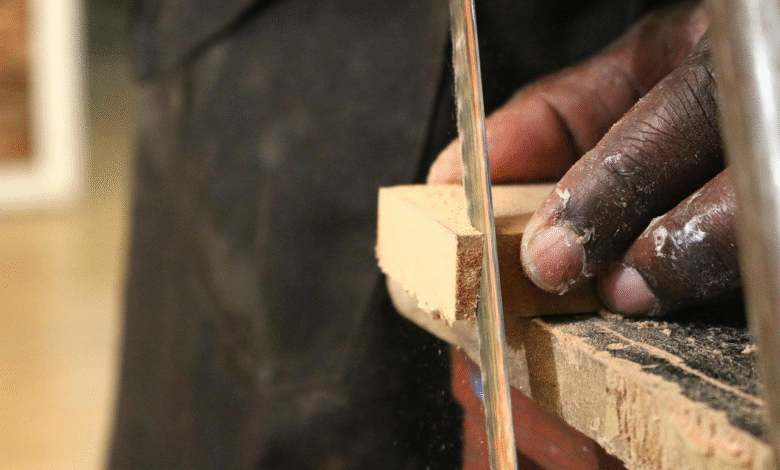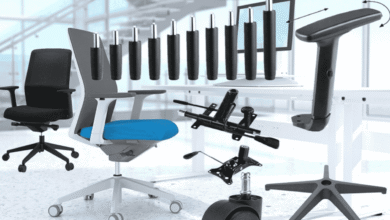The First-Time Woodworker’s Shopping List

Starting your woodworking journey can feel overwhelming when there’s endless tool catalogues and reams of advice. But really, you don’t need every tool to get going and begin creating beautiful projects. With the right basic tools, you can tackle most beginner woodworking tasks while building your skills and confidence.
Planning Your Workshop
Before purchasing any tools, consider your workspace. Whether you’re working in a garage, basement, or dedicated shed, you’ll need adequate lighting, ventilation and storage space. A sturdy workbench or even a solid table can serve as your working space. When you’re starting out, a well-organised workspace with a few quality tools will be easier and more pleasurable to work in than a cluttered area filled with barely used equipment.
Definitely invest in quality safety glasses, dust masks, and possibly hearing protection from day one. Good lighting and extension cords should be part of your basic setup too.
Measuring and Marking
Accurate measurements are part of what will get you the professional results you want. Start with a reliable 25-foot tape measure. This size is versatile enough for both small cuts and larger room measurements. A combination square is also invaluable for checking right angles and marking lines with consistency.
Don’t overlook quality pencils, specifically designed for woodworking. They’re harder than regular pencils and won’t smudge your measurements.
A two-foot spirit level will handle most project sizes, though you might want a four-foot version if you’re regularly handling larger furniture pieces.
Cutting Tools
You’ll want cutting tools that mix a couple of essential hand tools with a couple of essential power tools. A quality hand saw teaches you proper cutting technique while providing quiet operation. Start with a crosscut saw for cutting across wood grain and consider adding a coping saw for curved cuts.
For power cutting, a circular saw offers incredible versatility. It handles everything from breaking down lumber to making precise crosscuts with the right jig. A jigsaw complements your circular saw perfectly, excelling at curves and interior cuts that other saws can’t manage.
Joining and Fastening
This category is important because these are some of the tools you’ll use most frequently in your work. A quality staple gun for wood proves indispensable for specific applications. While many beginners can overlook this tool, it’s the best way to attach fabric to wooden frames, securing thin materials temporarily, and making larger upholstery projects much easier. There are manual staple guns for lighter work or electric models for heavier-duty applications. Bear in mind, electric staple guns might need a compressor.
When selecting a staple gun, consider the staple sizes it accommodates. Different wood thicknesses and project types require specific staple lengths.
You’ll also need screwdrivers and a good claw hammer to handle most nailing tasks without being too heavy for extended use. Don’t forget wood glue and a range of clamps to create strong joints. If you’ve bought a staple gun, a staple remover will save you a lot of effort and allows you to reposition materials, fix errors, and salvage expensive wood pieces without damage.
Shaping and Smoothing
Sandpaper transforms rough surfaces into smooth, professional-looking ones. Stock up on 120-grit for initial smoothing, 220-grit for general finishing, and 320-grit for final touches. A sanding block is an essential, giving you even pressure and to prevent gouging.
Also invest in a basic chisel set and a hand plane creates incredibly smooth surfaces that sandpaper alone cannot achieve. However, planes require more skill, so don’t stress too much about this one.
Smart Shopping Strategy
Resist the urge to buy everything immediately. Start with measuring tools, basic hand tools, and one power saw. Add tools as specific projects demand them. This way you’re buying tools you’ll actually use.
You can save money by purchasing used tools for items like hand planes and chisels, which were often built to higher standards decades ago. However, buy safety equipment and precision measuring tools new to ensure reliability.
The biggest mistake is accumulating too many or the wrong tools before developing the skills to use them. A small collection of the right tools and learning how to use them is best.
Final Thoughts
Starting with the essential tools allows you to tackle numerous projects while discovering your interests and developing your skills. As you gain experience, you’ll naturally identify which tools will most benefit your specific style and project types.
Focus on quality, learn proper techniques, and let your skills guide future tool purchases. Your workshop will grow by itself.




